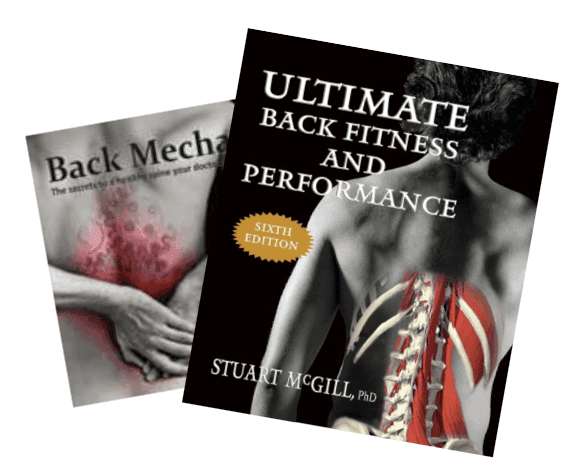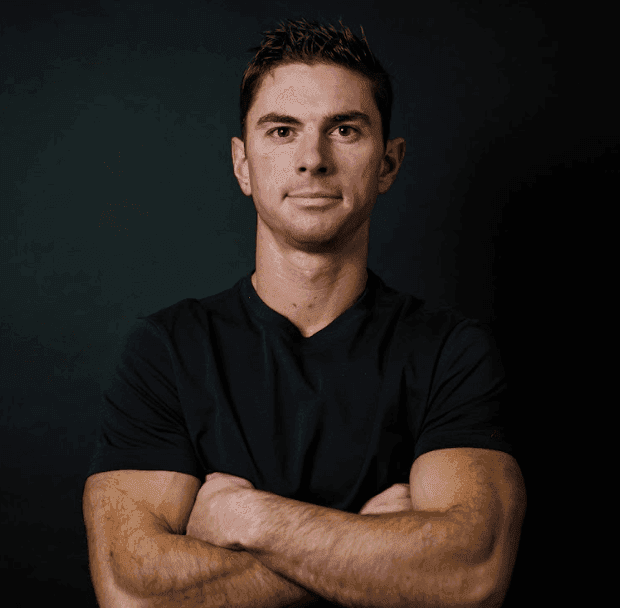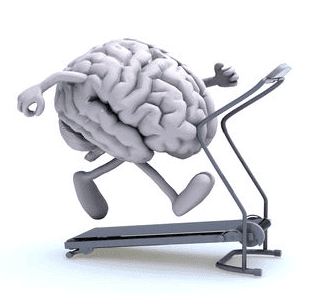Plug & Play

Recently retired athletes without a purpose, social network or daily regime. An exercise enthusiast forced to take time away due to injury or illness. The successful individual who's had a fall from grace due to circumstances outside their control. As the list expands, the more relatable it may become. In this article I hope to provide tools to reduce the collateral stress in your life. By having multiple resources at your disposal you may be able to more effectively navigate through challenging times, unforeseen adversities and stressful situations moving forward.
Adversities are inevitable, but how you respond may in part be how well equipped you are to do so...
In the book "The Happiness Trap" a recurring topic of discussion is the difference between "clean discomfort" and "dirty discomfort." Clean discomfort is the natural emotional response to adverse or challenging circumstances. Dirty discomfort on the other hand is the self-imposed collateral damage when one is unable to effectively process and cope with a given circumstance. Two elements seem to contribute to a majority of the psychological strain during difficult times: lack of control and predictability (inability to reasonably predict a timeline). The feelings of instability and the uncertainty both contribute to the dirty discomfort you may feel.
In most instances prevention might imply removal or replacement of certain variables. When looking at your overall health, prevention strategies are synonymous with management and rehabilitation strategies. The level or degree which you apply a tool may be more important than addition or removal. This also allows a great deal of control, which can be helpful during difficult times.
How to clean it up?

Knowing and applying do not always go hand in hand, and without proper guidance you may add additional struggle while trying to get out of the weeds. Having a set of guidelines or resources to navigate through these times is something most look back on as a tremendous help. Think of athletes listening to the advice of veterans in the sport and young professionals relying on the advice of trusted mentors. The advice most coveted in hindsight is usually preventative in nature or avoiding common areas of struggle.
It is important to be aware that these are not stress avoidance strategies. If you've tried to avoid stress in your life you've likely noticed that when stress does occur (and it always will) you reacted even worse. Rather than avoid, a more realistic goal is to become better at managing and "performing" under stress. A saying I refer to many times is "The methods are many, the principles few." This is true with your health, and interchangeably so with physical, mental and emotional health.
Preventing adversities and stressors is nearly impossible, and the trade off to do so would likely result in limiting your goal directed efforts. This would ultimately reduce your quality of life and sense of purpose...an unrealistic solution for most. By better understanding some of the basic components to the natural ups and downs, and using that understanding to apply to more challenging circumstances, you may be able to more effectively mitigate the impact. And, in extreme situations, you can more accurately identify when additional support is needed.
“If you know the way broadly you will see it in everything.”
If we look for similarities between physical and mental training, we can pull out a few principles. By acknowledging the similarities, you can apply the principles from an area you're familiar with to help navigate a relatively unknown area. Awareness of where you currently are on the mental or physical spectrum paired with the understanding of gradual adjustments, rather than addition or removal, allows a continual approach to minimize unintended consequences.
The first depiction (from left to right), generalizes a negative decline in health related symptoms. The second depiction (from right to left), generalizes a positive adaptation approach to rehabilitation. In both areas, the principle of adaptation through rest is seen. Both your physical and mental resources are limited. Equating soreness to fatigue and injury to increased mood symptoms may help you relate. And in the case of pushing past your limit, rehabilitative strategies may be needed.
It is my personal belief that most will need a physiology based approach first. In simple terms this means being aware and choosing to make adjustments that impact your physiology. Examples include being over stimulated (caffeine intake, technology, noisy surroundings etc) and/or under recovered (chronic poor sleeping patterns, long periods of work without appropriate rest etc). These are pretty matter of fact. They are choices you make to get desired effects. You will likely find little success ignoring these realities and only using tools meant to supplement a solid foundation.


The risk of having a limited tool box

In my article "The Longevity Myth" I highlight the big ticket items to increase quality of life while potentially extending lifespan. In regards to exercise, you have to consider the both the sustainability of previous year’s efforts and effect of previous year’s demands when prioritizing how you effectively handle physical and psychological health.
The reality is your priorities, preferences and lifestyle demands change over time. What worked in the past may need to be adjusted or scrapped altogether. If you've only developed one skill or used one "tool," you will likely face a point where you can no longer effectively implement that same strategy. If physical activity was your "therapy" where will you turn when physical injury or life's wear and tear no longer allows you to reach an intensity necessary to clear your mind? Similarly, how practical is always relying on a breath and/or meditative practice to calm your nerves. Can you afford to press pause in real time to go through a routine? At some point, stress reduction strategies are ineffective and you will need to perform under stress.
Anyone who has explored these areas of self-care has likely considered and adapted to some of the real time limitations. As life picks up you may find yourself needing additional revisions. By expanding your tool box, you can plug and play when circumstances change or call for a different approach. Location, timing, and available resources are just some of the variables that will commonly change. With an expanded tool box, you can pick the best fit resource in real time.
Real time, quick tools:

Calming and stabilizing practices can help manage the impact of stress. Dr. Andrew Huberman has discussed the "physiological sigh" or double inhale, exhale technique as an effective, real time tool to reduce anxiety. By expelling excess CO2, you reduce the build up and ultimately reduce cortisol. An additional easy to apply breath practice is choosing to nasal breath throughout the day. By nasal breathing you increase the quality and benefits of sleep. Adding easy to apply light viewing strategies, you can compound the effectiveness of optimal breathing patterns. Early morning sun light exposure and late night (11 pm - 4 am) bright light avoidance will both impact sleep and hormonal release.
Adjusting your view on stress can be beneficial. A key concept in meditation reducing the urge to control your thoughts, rather letting them come and go naturally (as a car on the road would). The same can be said for real time anxiety inducing situations. By choosing not to "fuse" with your thoughts and understanding both "bad" and "good" thoughts will come and go, you can lessen the impact. The physiological response to stress is to mobilize your body's energy stores for action. Proper action, not avoidance, should be the overall goal moving forward. This, like physical training, is trainable and worked towards over time.
Finally, work to reduce your urge to control situations. By implementing various control strategies, you will likely exacerbate your current state. Taking your understanding of what you're experiencing when you're experiencing it will allow you to ultimately accept what is and reduce the urge to control. Trying to control the outcome is a sure-fire way to impose "dirty discomfort" because ultimately results are not in your control.
"Performing" under stress:
- Threshold awareness: In order to improve, you first need to have some sort of baseline or awareness of where you currently stand. Having something to measure against will allow you to see tangible improvements.
- Extending your tipping point: Knowing when & where problems arise is not always an easy thing to identify. Multiple factors come into play that may directly or indirectly affect other areas. Over time, once you've identified this tipping point you can then work to extend/delay when that occurs.
- Increasing your capacity: All training is done to increase your capacity to meet life's demands. Recreational, occupational, personal or social. Can you do what you need to do? How about what you want to do?
|
|
|
|






